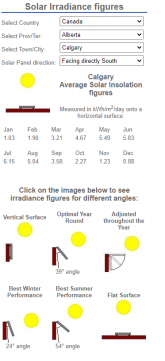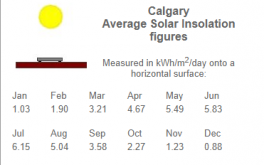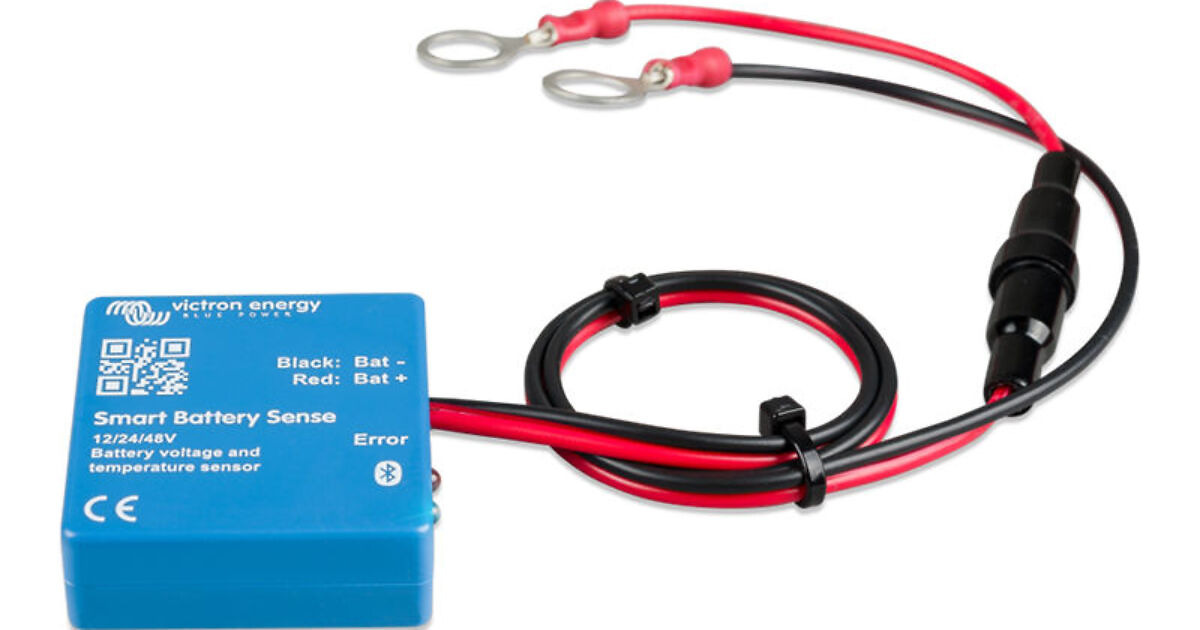Hi all,
First off, I am super excited to have found this group. I just bought my first new trailer. It is a 27' Vintage Cruiser 23QBS and I am going to take a crack at the electrical system. I have been researching for a couple of weeks now and think I have landed on the parts I want to use. I am an EE so do have a good understanding of electricity but I don't use it a lot as I moved into computer programing after school (20 years ago but I do still tinker with Electronic projects). I would love some advice to help me confirm my setup and assumptions.
Requirements:
Alternative: Replace Victron with Renogy. Save about $1000
Questions:
First off, I am super excited to have found this group. I just bought my first new trailer. It is a 27' Vintage Cruiser 23QBS and I am going to take a crack at the electrical system. I have been researching for a couple of weeks now and think I have landed on the parts I want to use. I am an EE so do have a good understanding of electricity but I don't use it a lot as I moved into computer programing after school (20 years ago but I do still tinker with Electronic projects). I would love some advice to help me confirm my setup and assumptions.
Requirements:
- 300-500Ah/day usage
- Budget $7000
- Able to run AC with a Micro-Air EasyStart 364 only running for short periods (before bed on a super hot day)
- Able to stay long periods off Grid
- No generator unless massive cost savings
- Ability to charge batteries with Vehicle in an emergency (multiple rainy days)
- Needs to be as light as possible due to towing with SUV
- Will be safe
- 60% panel efficiency average (360Ah/Day
- Can sustain rainy days by limiting consumption
- Inverter 90% efficient
- Can mount that many panels on the roof. (Do not have possession yet)
- NMD90 12/2 wire from the inverter/charger to AC breaker box and shore power to inverter/charger
- 4g wire from the power system to the DC fuse block
- 2g wire for the line from the alternator to DC-DC (~20')
- 2/0g wire for wire up systems
- VICTRON ORIONTR SMART 12/12/30 30AMP(360W) NON ISOLATED DC-DC - $339 Amazon Canada
- Victron Energy SmartSolar MPPT 100/50 - $392.28 Amazon Canada
- Victron Energy MultiPlus Compact 12/2000/80-50 120V VE.Bus - $1524.80 Volts.ca
- Victron Energy GX Touch 50 - $291.72 Volts.ca
- 700W - 4 - 175 WATT 12 VOLT FLEXIBLE MONOCRYSTALLINE SOLAR PANEL - $1279.96 Renogy
- Renogy 200 Watt 12 Volt Monocrystalline Solar Suitcase with Voyager $379.99
- 900W total solar
- DIY 2 - 12V 280Ah Xuba LifePO4 Batteries with Overkill Solar BMS - $1770.80 Various
- Various Cables, Fuses, Monitors - $1000
Alternative: Replace Victron with Renogy. Save about $1000
Questions:
- What monitoring equipment do I need to work with the Victron ecosystem of the components and display screen? Renogy ecosystem is very easy for this.
- How should I configure the wiring from the panels?
- Is 700W roof plus 200W suitcase enough Wattage?
- Am I missing anything?
Last edited:









